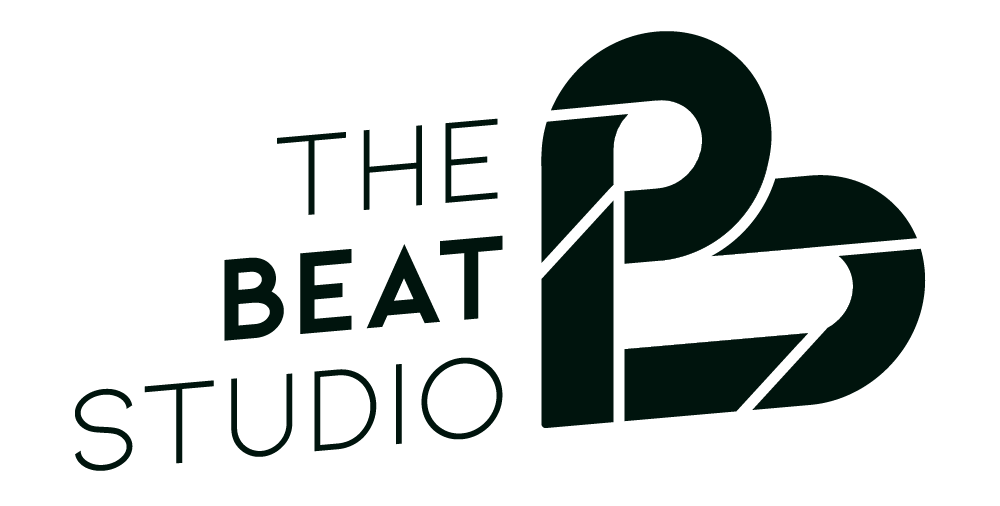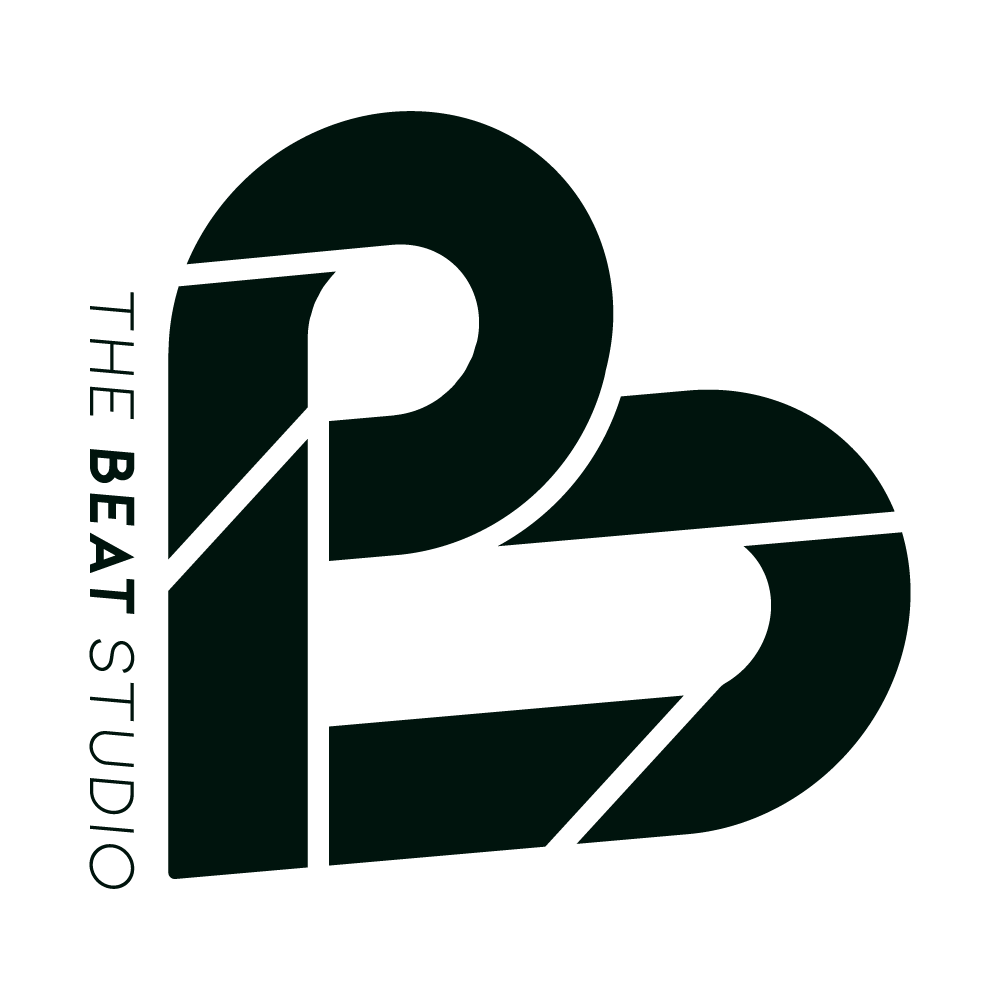strength Training
Resolution class
Resolution is a strength workout. We use resistance in the form of dumbbells, barbells and body weight to challenge the muscles and build up muscular endurance.
This class is called Resolution not because of silly new year’s goals, but instead because of the mental strength and resolve it requires to challenge your body, lift weights, and build the body of your dreams. This class is for all genders, but women who are shy to start lifting weights, end up being hooked after a few classes!
What is It?
Strength training with weights
No cardio moves
Finding muscular balance
Who is it for?
All fitness levels & genders
Injury friendly & adaptable
Anyone who wants to get stronger
What’s Required?
Weights - dumbbells or barbell
Yoga or exercise mat
Step Bench (optional)
BENEFITS OF Resolution (strength training)
suitable for all levels of fitness
In Resolution strength classes, I offer a variety of ways to make the workout work for you. The easiest way to adjust the difficulty of a strength training workout is changing the weight. As you get stronger you’ll be able to progress from light weights and bodyweight to heavier weight and more complicated bodyweight exercises. In this video, you’ll see three different ways to do a plank from beginner to advanced. Once isn’t “better” than the other, it’s all a matter of choosing the exercise that’s the right amount of challenging for your body. Even though I demonstrate exercises with weights in our videos, lots of exercises can be done with bodyweight, like squats, lunges, and shoulder exercises, and improvised weights like soup cans are a great way for beginners to start learning the movements without having to invest money to see if they like weight training.
Click here or on the image to see some plank progressions, or give them a try for yourself!
Focused on form
You might have heard the phrase “practice makes perfect” or the more precise phrase “perfect practice makes perfect” - while I would argue that “perfect” doesn’t exist in fitness, the basis of the phrase is that the way you practice something is what is going to become habit! This holds true for your form and alignment. In our strength classes, I focus on finding the ideal alignment for your body. I understand that you may have past injuries, or mobility restrictions, or other complications when it comes to movement. Some exercises will just look different because of how your bones are - people with short legs will squat differently than tall people. Some people have a lot of hip rotation, and others feel crunched up if you ask them to sit cross-legged on the floor. I acknowledge these differences, and provide alternatives. Doing fewer repetitions of an exercise with good form is always better than pushing through with poor form, or pain.
Click here or on the image to learn more about the ideal alignment when doing a hip hinge or deadlift!
flexible equipment options
I understand that working out at home means that you might not have a fully stocked gym with every size of weight under the sun. I often recommend that people starting out have two weight ranges to work with - something “light” and something “heavy” This can typically be accomplished by purchasing two sets of dumbbells. If you’re brand new to lifting weights, this might be 3lbs and 5lbs. As you get stronger, it might be 5lbs, and 8lbs. Often you can find a set of 3 different weights bundled together including all three of those sizes, or somewhere there about. BUT there are a lot of ways you can improvise to make your equipment stretch further. Dumbbell math: If you start with 3 and 5lb weights, you can “make” an 8lb weight by holding them together. Sometimes you might have a different piece of equipment to use like one big kettlebell. This can be used for exercises where you’re either doing one side at a time, or a two handed weight exercise like a squat or triceps extension. Most of the videos are demonstrated with a barbell and weight plates, however, we include videos showing you the modification with dumbbells where it might not be clear how the exercise translates to different equipment.
Click here or on the image to see squats demonstrated with 3 different kinds of equipment!
general and targeted muscle groups
A typical studio-based Resolution class is one hour long, and a full body workout, covering the major muscle groups. I’ve adapted the format for at-home training, by tightening up the time to 15-25 minutes. Why? Because I know that 60 minutes to work out on your own is a long time. To train efficiently in a shorter period of time, some of the workouts are more targeted - for example, lower body or core, and in the longer workouts that are full-body utilize exercises and techniques like compound exercises and supersets. The great thing about how I’ve organized these workouts is that if you want to have a longer workout, you can stack them together to get a full body workout. Whether you’re doing muscle specific, or full body strength training, it’s always a good idea to add variety, either different Resolution videos, or trying out other formats for “cross-training” benefits.
Click here to see an example of exercises found in a full body workout.








